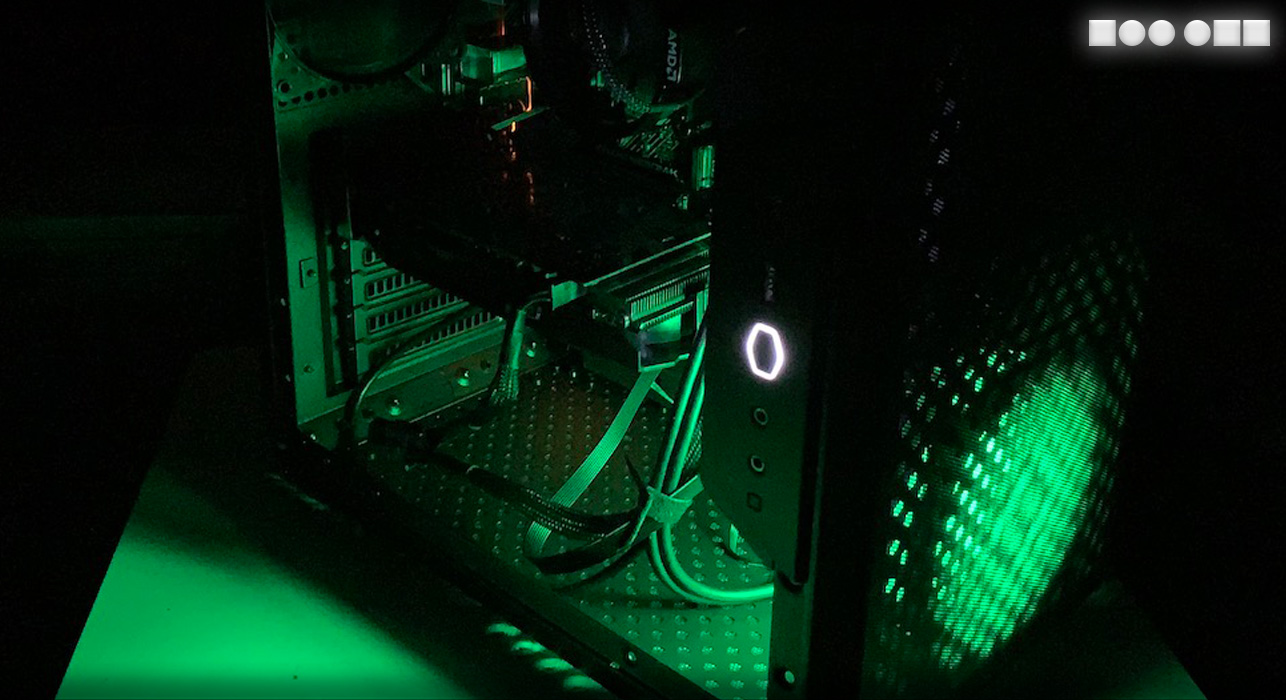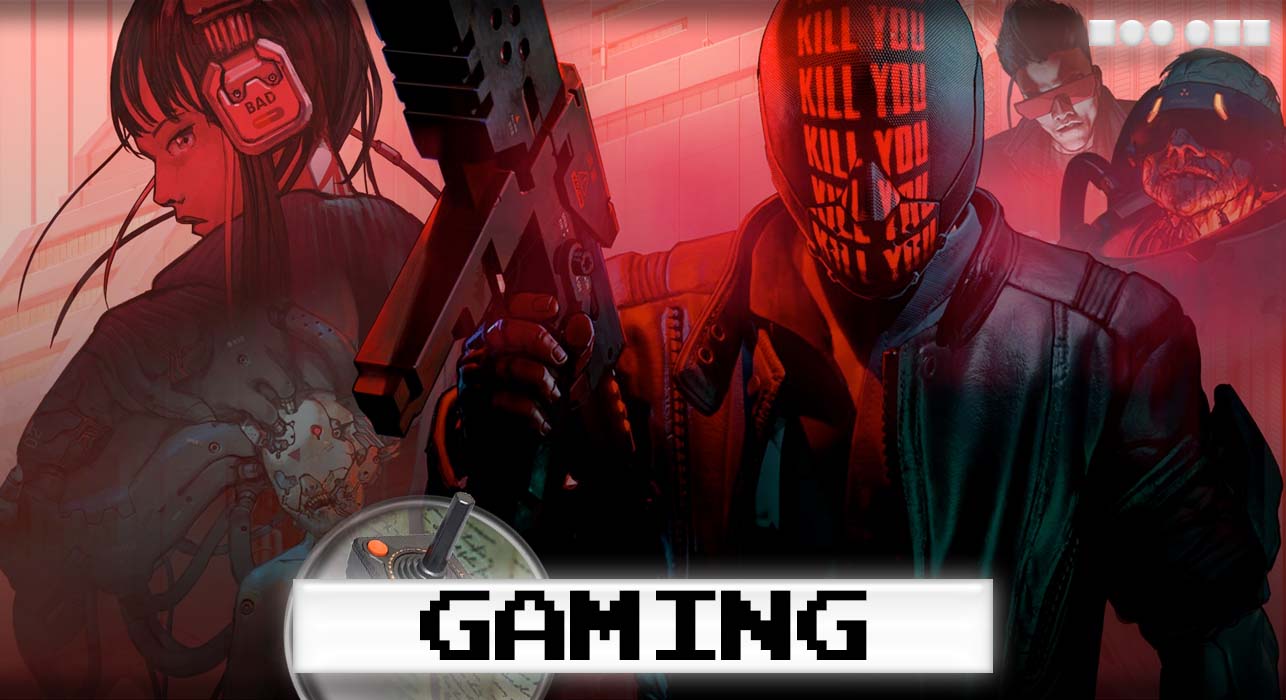The Kickstarted platform shooter is free on PlayStation Plus this month, which is about the right price for it.
Mighty No. 9 (PG)
Tested on PlayStation 4 (3.38Gb download)
Also on PlayStation 3, Xbox 360, Xbox One, Steam (PC/Mac/Linux), Wii U
Copy purchased (PlayStation Plus subscription)
I have to admit: this game beat me. I normally try to finish campaigns before doing a writeup for each game, but Mighty No. 9 was just too annoying to finish. A platformer full of unexplained game mechanics and cheap deaths, the game is a throwback to an earlier time when game designers could get away with implementing poor choices. Plus, when the game crashed to the dashboard the first time I played it, I probably should have taken that as a warning.
To be fair, the developers and publishers also seem ashamed of the game; the PS4 version blocks you from recording the opening credits as if to try and hide these companies’ involvement in this whole debacle.

Mighty No. 9 started life on Kickstarter as a spiritual sequel to Capcom’s Mega Man games. The producer, Keiji Inafune, had been involved with the original NES versions of Mega Man and pitched the game to players who were anxious for new Mega Man titles, but not willing to wait for a seemingly-disinterested Capcom to revive the series.
After it was successfully crowdfunded, the game gained notoriety for doing almost everything possible to annoy its backers. It missed its release date by more than a year, eventual publisher Deep Silver ran ads that basically mocked its fan base (“…make the bad guys cry like an anime fan on prom night!”), the various Kickstarter rewards included a box and manual but the manual didn’t fit inside the box, and Inafune himself launched a second Kickstarter campaign for an entirely different game (Red Ash) before the first had been completed. It’s basically the poster child for badly-run, high-profile crowdfunded games… at least until we see how the Star Citizen saga plays out.
Like Mega Man, Mighty No. 9 is a platform shooter. Humanity is at peace and a robot army basically does all the menial stuff for us- even playing contact sports. But suddenly, all the robots go haywire, and the totally-not-ripped-off-from-Astro-Boy plot kicks in. You play as Beck, the ninth in a series of very powerful robots (…I guess?) and seemingly unaffected by whatever is going on; you have to subdue the other eight Mighty Robots in order to uncover the mystery of whatever. With another robot named Call on the radio to inform you of dangers (Beck and Call, geddit?), you shoot and jump your way from one end of each level to another.

In addition to your basic gun, Beck also has a dash move activated using the trigger buttons that allows you to cross wide gaps or cover more ground. The dash also allows you to absorb energy from sufficiently-weakened enemies; each enemy can give you one of three types of energy (attack power, defence power and speed), although these aren’t explained unless you go into the game’s options menu and read up on the lore. However, the dash doesn’t make you invincible; trying to rush through levels or power through a group of enemies will inevitably see you taking damage if you haven’t sufficiently softened them up (or softened up the one in front, but not the one behind). There is also a combo meter for absorbing energy from enemies in quick succession, but this doesn’t have a gameplay benefit and is purely for the game’s score-attack mode.
Beck’s movements are otherwise pretty limited, apparently for no other reason than “Mega Man played that way too”. You can’t shoot upwards, or at an angle, or below you; you can only fire in the direction you are facing, so left or right. You also can’t shoot whilst hanging from a ledge, although ladders are fine. The basic weapon Beck carries is incredibly weak, and almost no enemies in the game can be killed in one shot. It takes forever to kill flying enemies because you can only land one or two shots while jumping, and can’t hurt them at all whilst on the ground. Some enemies are shielded as well (or carry items like crates that need to be destroyed), so essentially every enemy in the game is a bullet sponge.

‘Liberating’ the Mighty Robot at the end of each level grants you the use of an additional weapon, but these are limited-use and have to recharge, whereas your pop-gun has infinite ammo. That character may then also assist you on one of the other levels, although their uses are limited to clearing out a few annoyances from the background and don’t give you any real advantage. After the introduction you can choose to tackle the levels in any order, although by using the other Mighty Robots’ assistance there is a ‘correct’ or preferred order of play.
That is if you can tolerate the game long enough to beat them. The reason we don’t make games like they did in the 1980s anymore is because those games were often made stupidly difficult, either to hide how short they were after you’d just paid $80 at the register, or to persuade you to put another 40c in at the arcades to get just that little bit further. Mighty No. 9 decides to selectively ignore the more player-friendly advances in game design we’ve made over the last 30 years. Blind jumps that will instantly kill the player if they land in the wrong spot? Blind jumps that will instantly kill the player if they don’t dash just at the right moment? Races against time where you have to nail every jump and kill every enemy instantly otherwise- again- the player gets instantly killed? Oh yes.
Even these kinds of annoyances- unavoidable unless you memorise each level by rote- can be minimised and turned into a decent score-attack or time-attack mode in the right hands. But rather than letting you practice the modes over and over to work out the correct paths or best strategies, Mighty No. 9 also has a ‘lives’ system. Fail three times on a level? Sucks to be you- lose all your progress and go back to the start. You can go into the options menu and bump the number of lives up to 9, but you still run into the same issue- once your lives are gone, so is your progress in that level. There’s a reason the massively successful platformers like Mario abandoned the ‘lives’ system long ago (or at least gave you so many it never became an issue).

The finishing blow for me, however, was the game’s patronising “helper”. If you die multiple times at a certain point, the game will start giving you additional bonuses like speed boosts or attack boosts when you respawn (assuming you still have lives left). But the bonuses are time-limited and wear off after a few seconds, and- worse- are totally useless if you’re stuck in a platforming section with only environmental hazards and no enemies. A 5% attack boost is no use if there are no enemies, and a health pickup doesn’t help if you get insta-killed trying to dodge a mining drill that fills the entire screen.
And at that point, my gameplay experience could be summed up like this:
- start level
- get killed by instant-death trap at bottom of a blind jump
- restart, get past that death trap, get killed by next death trap
- restart, get past #1 and #2 only to be killed by #3
- delete game from hard drive
So no, I didn’t beat the game, and if that makes me a bad reviewer then whatever. My time as (ostensibly) an adult is more valuable than this. Maybe as kids we were far more patient with this type of game. Or maybe we had just blown six months’ pocket money on a terrible game, and by gum, we were going to get our money’s worth if it killed us.
If you’re a game designer and you want to look at examples of what not to do, then Mighty No. 9 might be of some value to you. Otherwise it’s little more than a curiosity; a buyer-beware story for folks looking at cool things on Kickstarter, and a reminder that game design has moved on from the titles we so fondly remember from our childhoods.




